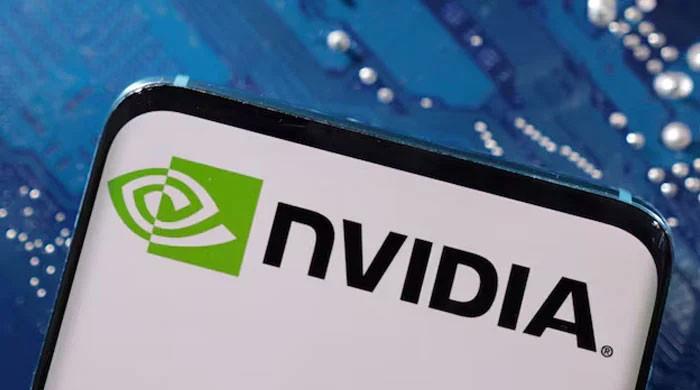Insights Into North Korea's Nuclear Ambitions Revealed
Discover the latest revelations about North Korea's increasing nuclear capabilities and the international concerns surrounding its actions.
Published September 14, 2024 - 00:09am

Image recovered from deccanherald.com
North Korea has unveiled images of its uranium enrichment site, marking a significant disclosure in its nuclear weapons program aimed at fortifying its defense against perceived global threats. This move, greeted with both apprehension and stern warnings from international actors, underscores Pyongyang's relentless pursuit of becoming a formidable nuclear power.
According to the North Korean central news agency KCNA, leader Kim Jong Un recently conducted a prestigious visit to the Nuclear Weapons Institute and a production facility for nuclear materials. Here, he lauded the workers for their impeccable execution of plans to amass materials necessary for nuclear weapons. Kim emphasized the urgent need to bolster the number of centrifuges substantially, with the intended objective of exponentially growing the nation's nuclear arsenal. This directive, Kim insisted, is crucial to strengthening North Korea's self-defensive capabilities against what he described as the escalating nuclear threats from U.S.-led imperialist forces.
The unveiling included an inspection of the uranium enrichment site's control room, where Kim expressed immense satisfaction with the production process. He praised the sophisticated technical prowess of North Korea's nuclear industry. However, Kim wasn't content with the current status quo. He set forward ambitious targets for further production, a clear message that North Korea not only seeks to maintain but significantly expand its nuclear inventory.
This revelation comes in the wake of North Korea's attempts to enhance its defensive and preemptive nuclear strike capabilities. Critics, particularly from South Korea and the United States, have decried North Korea's nuclear advancements as illegal under United Nations' sanctions. They argue that these weapons pose a severe threat to regional and international stability, diverting resources from the nation's impoverished populace and heightening tensions in the Korean Peninsula.
On the diplomatic front, North Korea's display of its nuclear facilities and the call for increased production has been met with a mix of condemnation and strategic concerns. The United Nations Security Council has repeatedly passed resolutions to prohibit North Korea's nuclear and ballistic missile developments. However, China's and Russia's support for rolling back or blocking new sanctions against North Korea have complicated enforcement efforts. China's Foreign Ministry reiterated its unchanged stance, emphasizing the importance of a peaceful and political resolution to the Korean Peninsula issue as being in the best interest of all concerned parties. Beijing pledges to play a constructive role in achieving this goal.
Experts interpret North Korea's release of these images as a strategic maneuver to influence geopolitical dynamics, particularly in light of the upcoming U.S. presidential election. Hong Min, an analyst from the Korean Institute for National Unification, posits that this is a stark message to the future U.S. administration, signifying the implausibility of denuclearizing North Korea. This move, he suggests, is also a bid for international recognition of North Korea as a legitimate nuclear state.
Despite this assertive exhibition, analysts do not foresee an immediate follow-up nuclear test. Recent satellite analyses from 38 North, a monitoring program run by the Stimson Center, indicate significant damages to North Korea's primary nuclear testing site due to intense rainfall in July. These damages have hindered the site's usability, suggesting that any short-term escalation may not include a nuclear test.
The geopolitical climate remains fraught, with relations between South and North Korea at a historic nadir. North Korea's recent deployment of missile launchers and the launch of several short-range ballistic missiles into the sea have only heightened these tensions. This military posturing is perceived as both a defensive gesture and a provocation amidst the ongoing diplomatic gridlock.
Internally, North Korea's pursuit of nuclear capabilities serves dual purposes: augmenting national security against external threats and bolstering Kim Jong Un's domestic stature as a resolute leader. Internationally, it pushes back against the narrative of North Korea as an isolated pariah state, demanding recognition and respect as a nuclear power.
In conclusion, North Korea's public display of its uranium enrichment capabilities and the vigorous push for expanding its nuclear arsenal is a clear indication of its unwavering resolve to strengthen its defense mechanisms amidst growing international scrutiny. This development not only exacerbates regional tensions but also poses significant challenges to diplomatic efforts aimed at denuclearization and peace on the Korean Peninsula.







